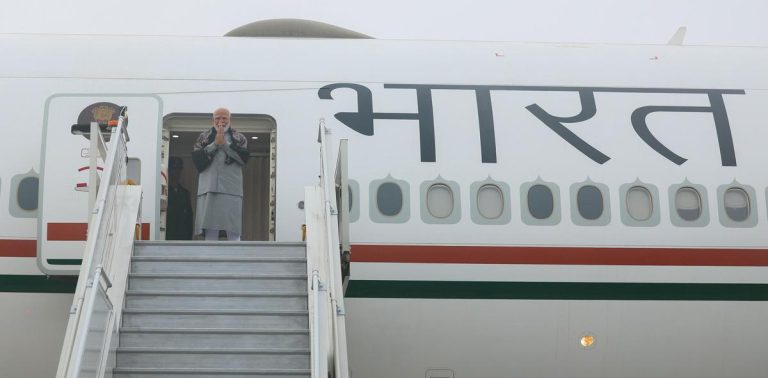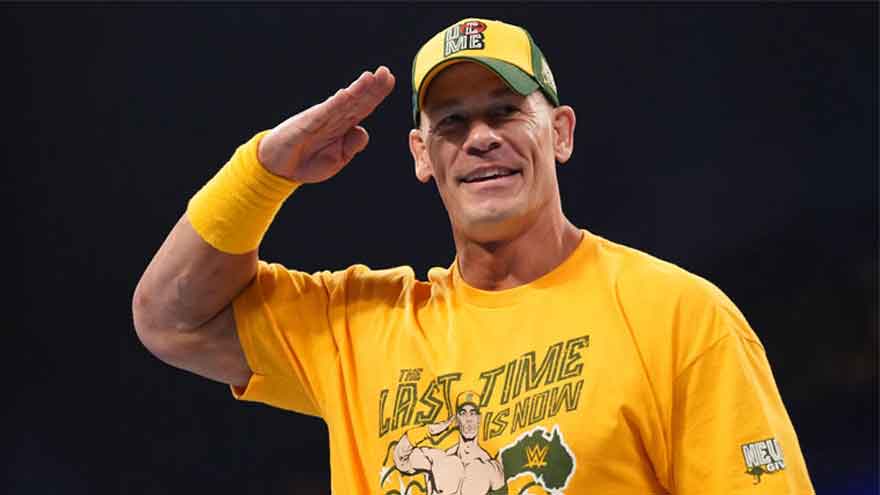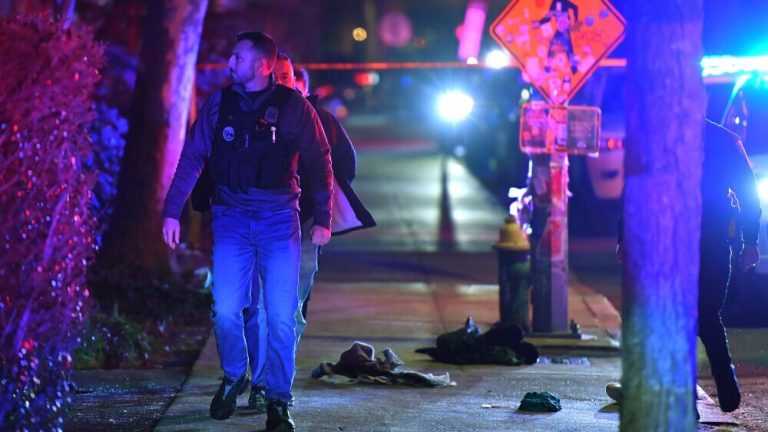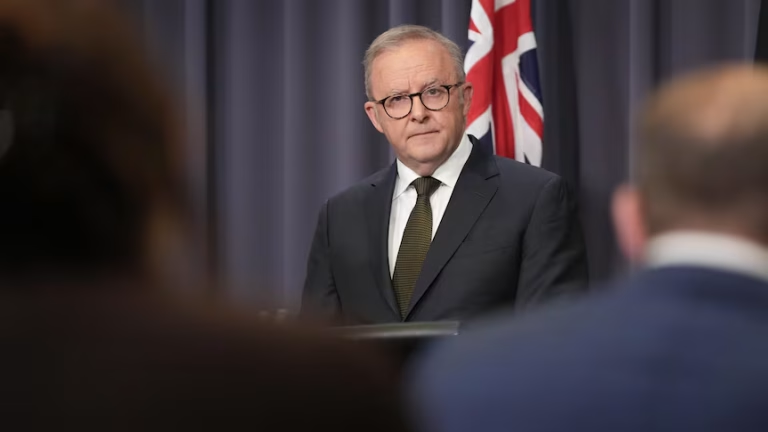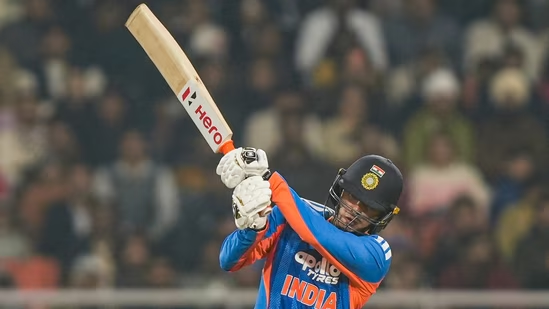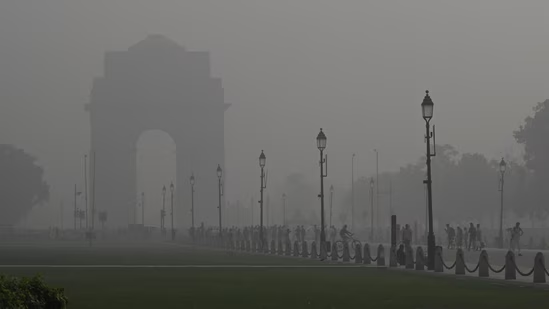New Delhi – Prime Minister Narendra Modi embarked on a significant PM Modi three-nation visit on Monday, December 15, 2025, beginning with Jordan, followed by Ethiopia and Oman. This diplomatic journey underscores India’s commitment to strengthening relationships with nations that share deep civilizational ties and exceptional bilateral relations with the country.
Jordan: Marking 75 Years of Diplomatic Relations
The first destination of the PM Modi three-nation visit is Jordan, where the Prime Minister will undertake a historic visit marking 75 years of establishment of diplomatic relations between the two countries. In his departure statement, Modi emphasized the significance of this milestone, stating: “First, I will be visiting Jordan, on the invitation of His Majesty King Abdullah II ibn Al Hussein. This historic visit will mark 75 years of establishment of diplomatic relations between our two countries.”
The visit comes at the invitation of Jordanian King Abdullah II ibn Al Hussein, reflecting the strong mutual respect and friendship that has characterized India-Jordan relations over the past seven and a half decades. This PM Modi three-nation visit component represents an opportunity to review the progress made in bilateral cooperation and chart a course for future engagement.
High-Level Discussions in Amman
During the Jordan leg of the PM Modi three-nation visit, the Prime Minister will engage in detailed discussions with several key Jordanian leaders. Modi will hold comprehensive talks with Jordanian King Abdullah II ibn Al Hussein, covering a wide range of bilateral, regional, and international issues of mutual interest.
The PM Modi three-nation visit schedule in Jordan also includes detailed discussions with Prime Minister Jafar Hassan, focusing on strengthening economic cooperation, trade relations, and people-to-people connections. Additionally, Modi will meet Crown Prince Al Hussein bin Abdullah, ensuring engagement across multiple levels of Jordanian leadership.
These high-level meetings during the PM Modi three-nation visit are expected to result in agreements and understandings that will further deepen the strategic partnership between India and Jordan in areas including defense, security, economic cooperation, and cultural exchange.
Ethiopia: Celebrating India as Mother of Democracy
The second destination of the PM Modi three-nation visit is Ethiopia, marking the Prime Minister’s first visit to the African nation. This historic visit will provide an opportunity for India to strengthen its ties with one of Africa’s most significant nations and a key partner in the Global South.
A highlight of the Ethiopia segment of the PM Modi three-nation visit will be the Prime Minister’s address to the Joint Session of Parliament. During this address, Modi plans to share his thoughts on India’s journey as the “Mother of Democracy” and articulate the value that the India-Ethiopia partnership can bring to the Global South.
The PM Modi three-nation visit reflects India’s commitment to South-South cooperation and its vision of serving as a voice for developing nations in global forums. Ethiopia, as a founding member of the African Union and a significant player in African affairs, represents an important partner in this endeavor.
Discussions with Ethiopian Leadership
During the Ethiopia portion of the PM Modi three-nation visit, the Prime Minister will hold discussions with Ethiopia’s Prime Minister Abiy Ahmed Ali. These talks are expected to cover bilateral cooperation in various sectors including agriculture, technology, education, and infrastructure development.
The PM Modi three-nation visit in Ethiopia will also include a meeting with the Indian diaspora, who have contributed to Ethiopia’s development while maintaining strong connections with their homeland. This engagement reflects the Prime Minister’s consistent emphasis on connecting with Indian communities abroad.
Oman: Celebrating 70 Years of Diplomatic Ties
The final leg of the PM Modi three-nation visit takes the Prime Minister to the Sultanate of Oman, marking another significant diplomatic milestone. “On the final leg of my journey, I will visit the Sultanate of Oman. My visit will mark 70 years of the establishment of diplomatic ties between India and Oman,” Modi stated in his departure remarks.
Also Read: Modi Netanyahu Call: Critical Discussion on Gaza Peace Plan and Strategic Partnership
The Oman component of the PM Modi three-nation visit holds special significance given the country’s strategic location, the substantial Indian diaspora residing there, and the robust economic and commercial ties between the two nations.
Strategic Discussions in Muscat
In Muscat, the PM Modi three-nation visit will feature discussions with the Sultan of Oman focusing on strengthening the Strategic Partnership between the two countries. These talks will address the strong commercial and economic relationship that has flourished over seven decades of diplomatic engagement.
The PM Modi three-nation visit in Oman will also include an address to a gathering of the Indian diaspora. “I will also address a gathering of the Indian diaspora in Oman, which has contributed immensely to the country’s development and in enhancing our partnership,” the Prime Minister noted.
Significance of the Three-Nation Tour
The PM Modi three-nation visit represents a carefully crafted diplomatic initiative aimed at reinforcing India’s relationships with key partners in the Middle East and Africa. Each destination has been chosen strategically, with Jordan and Oman representing crucial partnerships in the Gulf region, while Ethiopia serves as a gateway to deeper engagement with Africa.
This PM Modi three-nation visit comes at a time when India is playing an increasingly prominent role in global affairs, and these bilateral engagements will help strengthen India’s position as a responsible global power committed to multilateralism, South-South cooperation, and mutually beneficial partnerships.
The PM Modi three-nation visit demonstrates India’s commitment to nurturing civilizational ties while building modern partnerships that address contemporary challenges and opportunities in trade, security, technology, and sustainable development.

